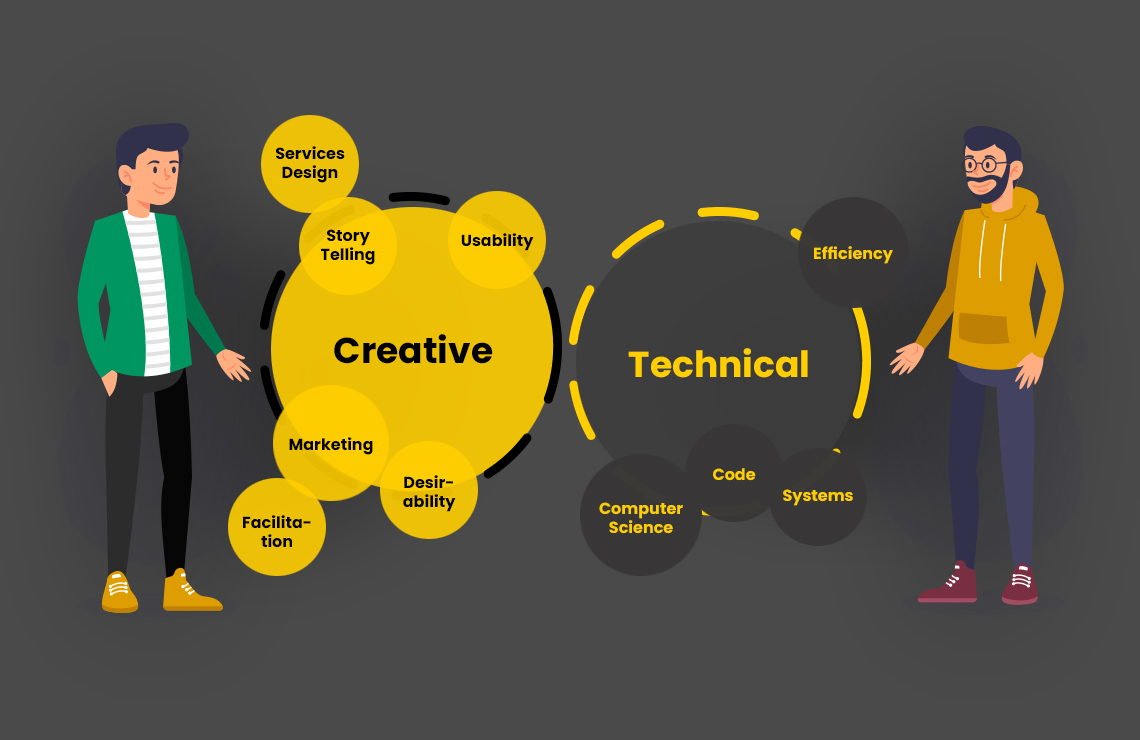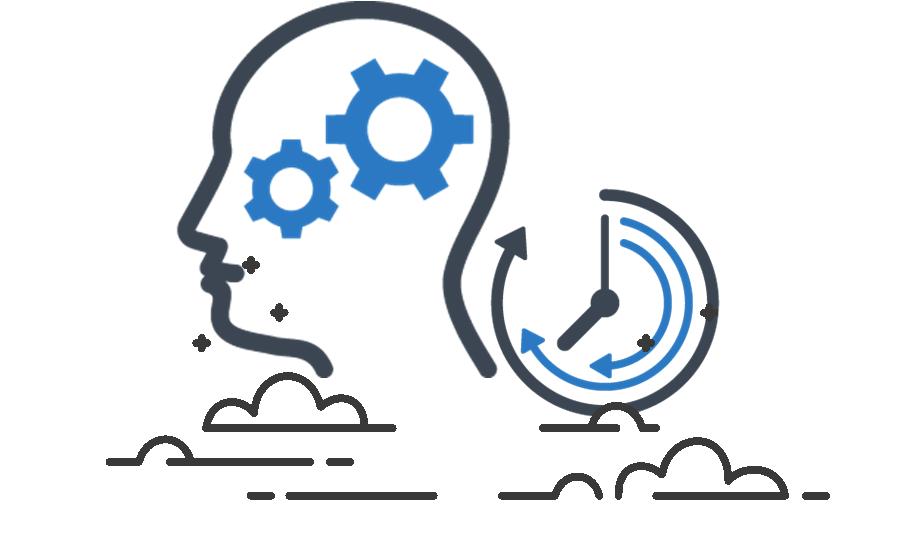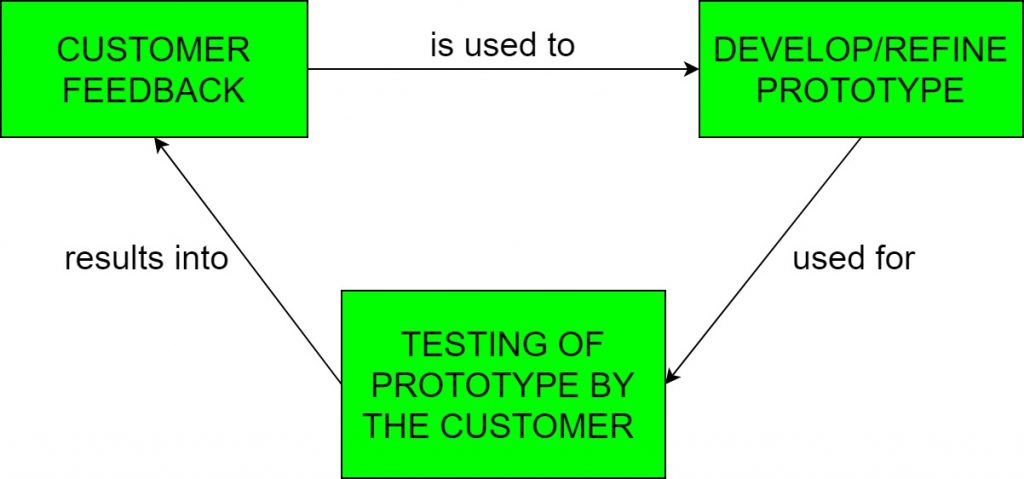
The Boundary of a Prototype
What are prototype models? What is a software prototype and its boundary? These are some questions that will be addressed today.
There’s a lot of confusion among development circles surrounding what a prototype is and what it isn’t. The confusion is justified simply because of the fact that development circles often use the word prototype, wireframes, and even the final product interchangeably. This leads to confusion not just among developers or designers, but also laymen who are already confused about various aspects of development.

It is essential that we define the boundary of a prototype so confusion can be erased. We will be focusing solely on what a prototype is and what constitutes its boundaries. Here are some essentials regarding the boundary of a prototype:
What is a Prototype?
Let’s start with the definition of a prototype so as to draw the first set of boundaries. A prototype can be defined as a rudimentary working model of a software product built for demonstration. The important thing to note here is the fact that a prototype’s purpose is for demonstration of the software product. The most concise boundary we can put over a prototype is that it is not the final product and rather a demonstration of the final product. Prototype models are hence very important in the process of software development.
The Prototype Models:
Prototyping is an essential aspect of software development as it induces confidence in both the developers and the customer themself. The essence lies in the fact that the prototyping models rely on testing the product. The testing part of the model is what makes it different from mockups and wireframes as well. You can’t really test wireframes or mockups because they are not functional and even if they are, the functions are very limited. Prototypes on the other hand are functional and can be tested in a variety of ways.

The prototyping model allows you to look at things from a different perspective of a product that was unknown to you.
The Client’s Confidence through Prototyping
Another boundary we need to establish when it comes to prototyping is that one of the major purposes of prototype models is to gain the full confidence of a client. We need to understand that what turned into a prototype was just an idea and the client had no clue how it would turn out like. Once the idea undergoes changes through mockups and wireframes, the prototyping model gives the client an option to comment on its functionality. This also gives you a chance to refine the idea even more.

What a Prototype is not?
Prototype models aren’t the final product. It might not even look like the final product aesthetically although it is possible to make it in appearance so that your client can get a feel of the product. A prototype doesn’t necessarily have to be high fidelity as the primary purpose is to showcase its functionality.
Remember these points:
- A prototype isn’t the final form of the product
- Doesn’t look like the final form of the product
- Is testable and can be refined
The Client’s Dilemma
Oftentimes you as a developer will experience from client’s that think a prototype is the final product. For example, they might say something like, “Is that really your final design?” This is where it becomes a total nuisance to explain what a prototype is and what the developer is trying to achieve. It’s essential that you brief the client to ensure confidence in them.

In a Nutshell
Prototype models aren’t your final product. It’s a simulation of your final product and allows you to gain confidence on your idea of the software application. It allows you to further refine it’s functionality when discovering different aspects of your software.
